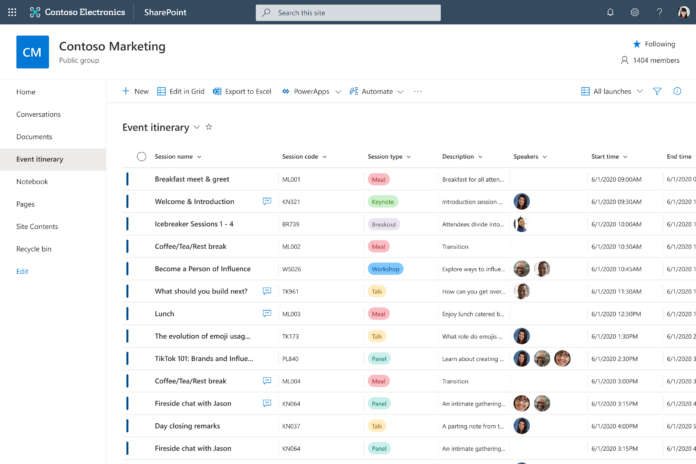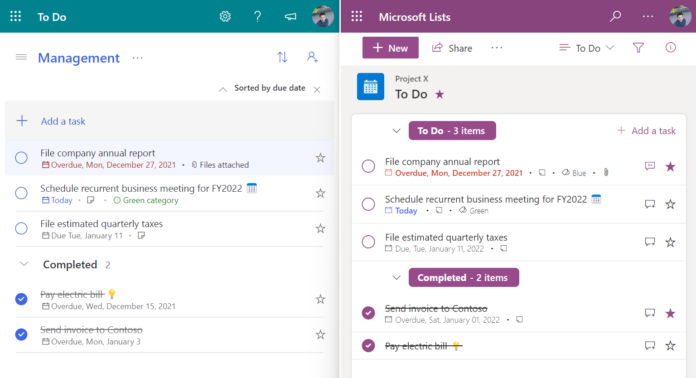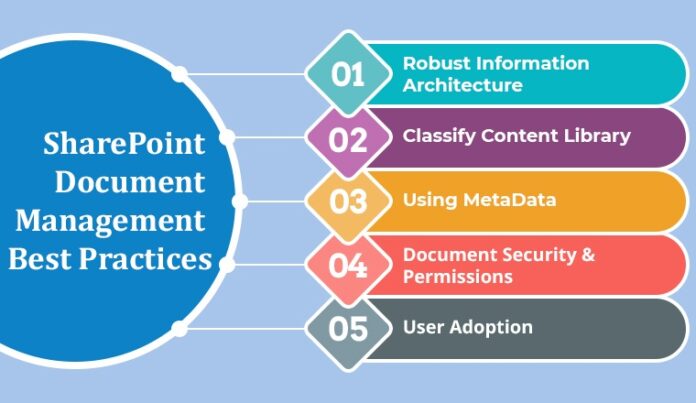In the ever-evolving landscape of collaborative work environments, Microsoft SharePoint has emerged as a powerhouse, fostering seamless communication, document management, and team collaboration.
At the heart of this collaborative ecosystem lies a fundamental building block – the SharePoint list.
This comprehensive guide endeavors to demystify SharePoint lists, exploring their significance, applications, and the pivotal role they play in enhancing organizational efficiency.
Understanding SharePoint Lists

At its core, a SharePoint list is a versatile and dynamic tool that enables users to organize, share, and manage information within a collaborative framework.
Think of it as a digital container that holds data in rows and columns, providing a structured and accessible way to store and manipulate information. Let’s delve into the key components and functionalities that define SharePoint lists.
Key Components of SharePoint Lists
Columns:
- Columns act as data fields within a SharePoint list, defining the type of information that can be stored. They can range from simple text fields to complex data types like date and time, choice, or lookup fields.
Views:
- Views determine how the information within a list is displayed. SharePoint allows users to create custom views tailored to specific needs, ensuring that the data is presented meaningfully and organized.
Forms:
- Forms serve as the user interface for interacting with list data. SharePoint provides default forms, but users can create custom forms to capture and display information as per their requirements.
Permissions:
- SharePoint lists come equipped with robust permission settings, allowing administrators to control who can view, edit, or contribute to the data within a list. This enhances security and ensures that sensitive information is accessible only to authorized personnel.
Significance of SharePoint Lists

Efficient Information Management:
- SharePoint lists provide a structured framework for managing and organizing information, eliminating the chaos associated with scattered data.
Collaborative Workflows:
- Lists facilitate seamless collaboration by allowing multiple users to contribute, edit, and interact with data concurrently.
Automation with Power Automate:
- Integration with Microsoft Power Automate empowers users to automate repetitive tasks and streamline processes, enhancing overall efficiency.
Integration with Other SharePoint Features:
- Lists seamlessly integrate with other SharePoint features like libraries, allowing users to create a comprehensive and interconnected document and data management ecosystem.
Types of SharePoint Lists
Announcements List:
- Ideal for broadcasting news, updates, or important announcements to team members.
Task List:
- Facilitates the creation and tracking of tasks, enhancing project management capabilities.
Calendar List:
- Enables creating and managing events, appointments, and deadlines in a collaborative calendar format.
Custom Lists:
- Users can create custom lists tailored to specific needs, defining unique columns, views, and forms.
Creating and Managing SharePoint Lists

List Creation:
- Users can easily create a new list through the SharePoint interface, choosing the type of list that best suits their requirements.
Column Configuration:
- Customize columns to capture specific data types, ensuring that the list aligns with the information you need to manage.
View and Form Creation:
- Tailor views and forms to present data that aligns with your workflow and enhances user experience.
Permissions Management:
- Set permissions to control access to the list, ensuring data security and compliance with organizational policies.
Best Practices for SharePoint List Management

Define Clear Naming Conventions:
- Establishing consistent naming conventions for lists, columns, and views enhances clarity and ease of navigation.
Regular Maintenance:
- Periodically review and clean up lists to remove outdated or redundant information, optimizing performance.
User Training:
- Provide comprehensive training to users on list usage, ensuring they leverage the full potential of SharePoint lists for collaborative work.
Backup and Restore:
- Implement robust backup and restore procedures to safeguard against data loss or accidental deletions.
Future Developments in SharePoint Lists

As Microsoft continues to invest in the evolution of SharePoint, we can anticipate enhanced features and capabilities for SharePoint lists. The integration of artificial intelligence, improved mobile experiences, and further customization options are areas where SharePoint lists will likely witness significant advancements.
Conclusion
In the realm of collaborative workspaces, SharePoint lists stand as stalwarts, empowering organizations to organize data, streamline processes, and foster seamless collaboration. As we navigate the digital landscape, understanding the nuances of SharePoint lists becomes instrumental in harnessing their full potential.
Whether you’re managing tasks, tracking projects, or organizing information, SharePoint lists provide a robust foundation for efficient and collaborative work within the SharePoint ecosystem.







